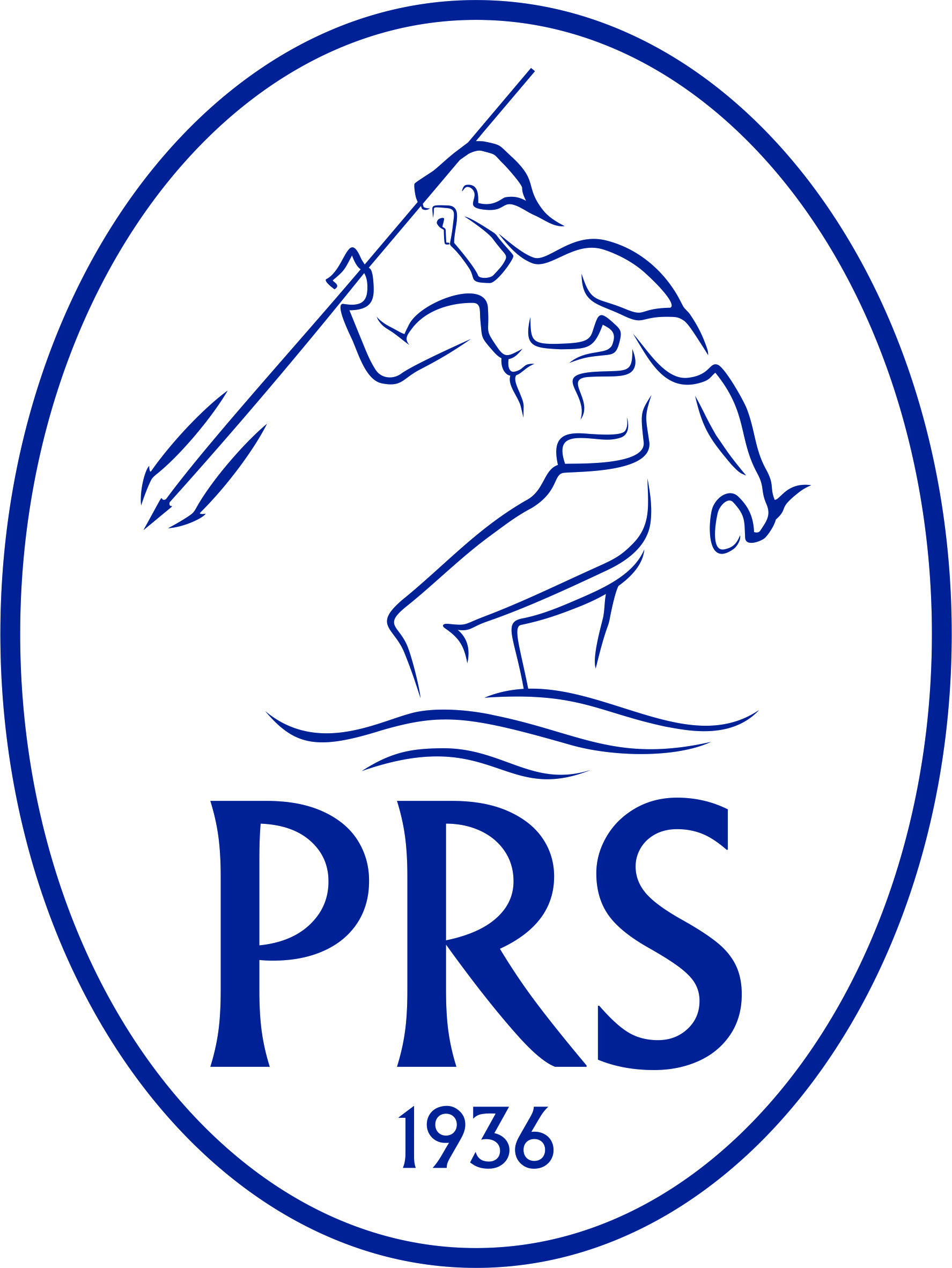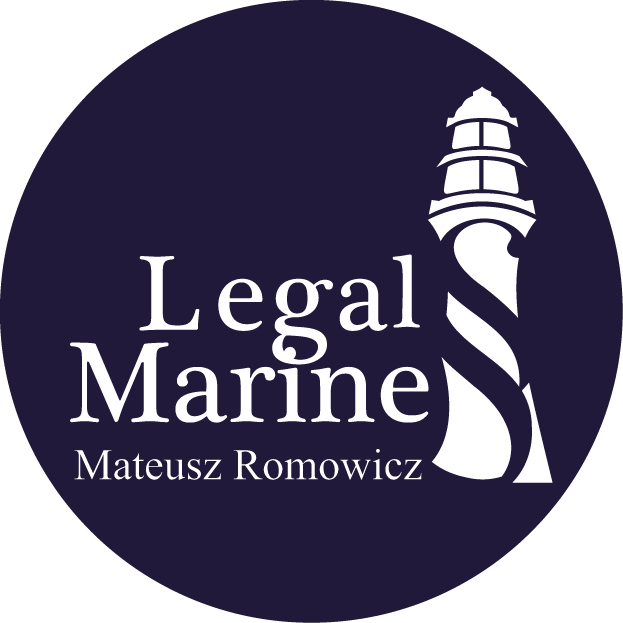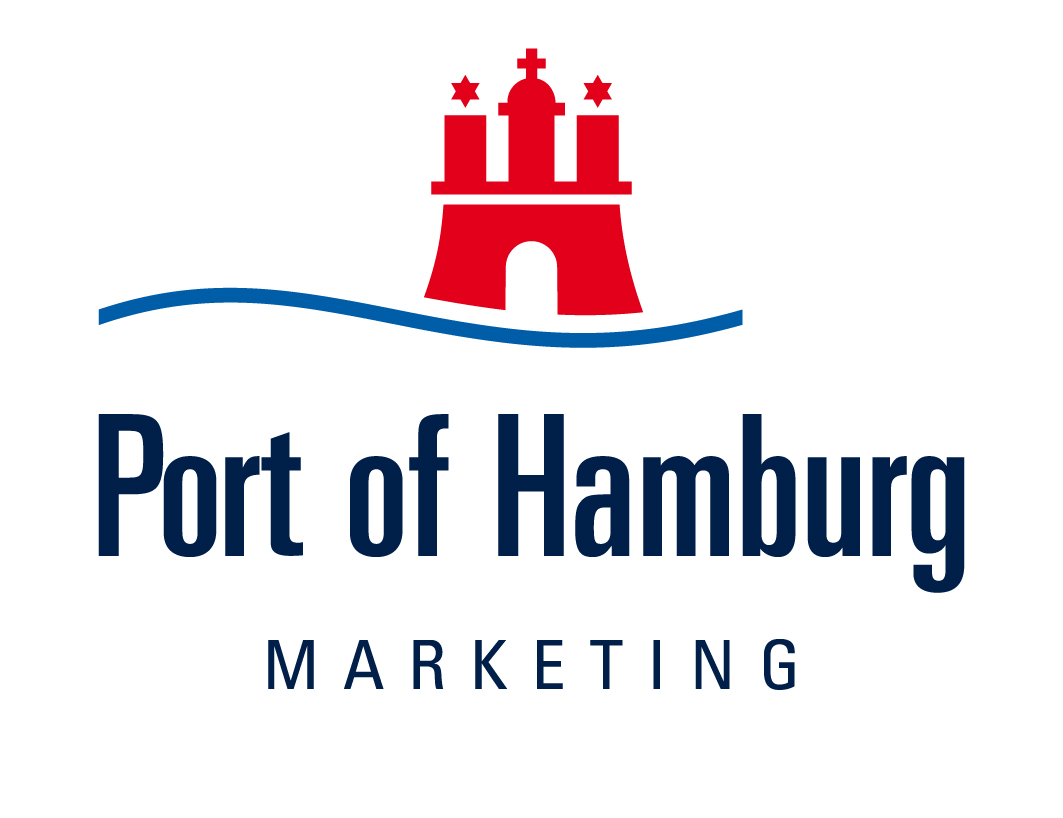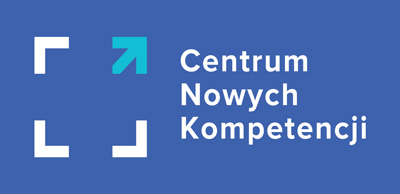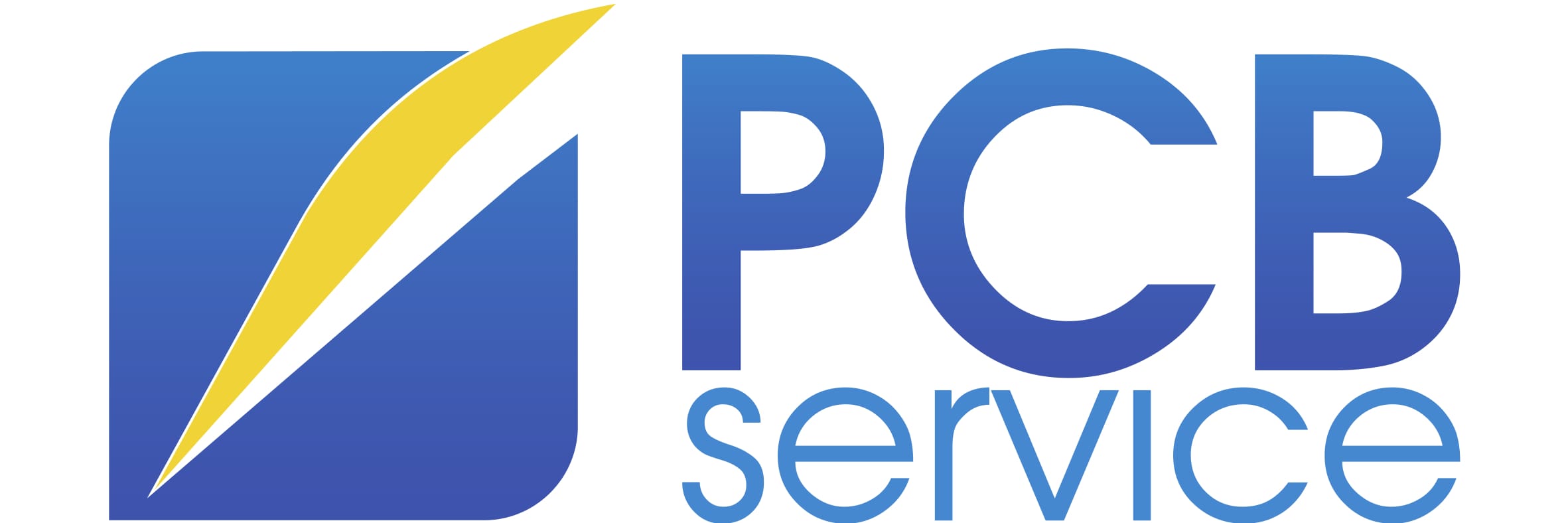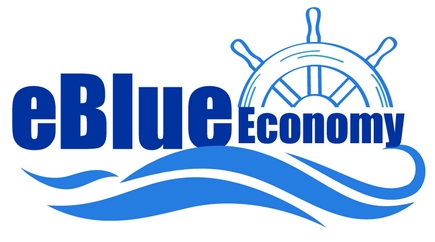Google translator
-
Dziś jest Tuesday, 30 April, 2024.
MEMBERS – Członkowie Klastra
Partners – Partnerzy Klastra
-
Aktualności
- Mateusz Romowicz, Legal Marine manager: Cybersecurity is very important in the stability of offshore wind energy
- Port of Gdynia – AIDAmar finishes the cruise ship season
- Dorota Lost Sieminska, Director, Legal Affairs and External Relations Division, IMO: Goal 5 “Achieve gender equality and empower all women and girls”.
- The Port of Gdansk ranks 5th in the European Union
- Hope for safe sea transport in 2024 on the route around the Cape of Good Hope
- Pierre Major – New Head of GCE Blue Maritime
- Nor-Shipping 2023 – Next Generation Ship Award
Archiwa
Ostatnie wiadomości
-
Mateusz Romowicz, Legal Marine manager: Cybersecurity is very important in the stability of offshore wind energy
Posted on 04/01/2024 | Brak komentarzy23 December 2023/ Attorney Mateusz Romowicz draws attention to the paradox of the current cybersecurity model in the offshore wind energy sector. On the one hand, there is a high […]
![Mateusz Romowicz, Legal Marine manager: Cybersecurity is very important in the stability of offshore wind energy 23 December 2023/ Attorney Mateusz Romowicz draws attention to the paradox of the current cybersecurity model in the offshore wind energy sector. On the one hand, there is a high […]](https://balticcluster.pl/wp-content/uploads/2024/01/ROMOWICZ-640x300.jpg)
![Port of Gdynia – AIDAmar finishes the cruise ship season 90,000 tourists and 30,000 crew members within a few months, with the ships’ occupancy reaching up to 90% and an average of 2,500 people – this is what this year’s […]](https://balticcluster.pl/wp-content/uploads/2018/10/AIDA-W-GDYNIA-PORT-fot.-Grzybowski-1-640x300.jpg)
![Dorota Lost Sieminska, Director, Legal Affairs and External Relations Division, IMO: Goal 5 “Achieve gender equality and empower all women and girls”. Marek Grzybowski (5) questions to Dorota Lost Sieminska, Director, Legal Affairs and External Relations Division, IMO An Exclusive interview to Baltic Journalist Maritime Club of the Baltic Sea & Space […]](https://balticcluster.pl/wp-content/uploads/2024/01/DOROTA-1-332x300.jpg)
![The Port of Gdansk ranks 5th in the European Union 29 December 2023/ By Marek Grzybowski Eurostat reported that the Port of Gdansk recorded the largest increases in 2022. Terminals at the Port of Gdansk transhipped by 40%. more loads […]](https://balticcluster.pl/wp-content/uploads/2024/01/GDANSK-PORT-20220627_132419-640x300.jpg)
![Mateusz Romowicz, Legal Marine manager: Cybersecurity is very important in the stability of offshore wind energy 23 December 2023/ Attorney Mateusz Romowicz draws attention to the paradox of the current cybersecurity model in the offshore wind energy sector. On the one hand, there is a high […]](https://balticcluster.pl/wp-content/uploads/2024/01/ROMOWICZ-195x110.jpg)
![Port of Gdynia – AIDAmar finishes the cruise ship season 90,000 tourists and 30,000 crew members within a few months, with the ships’ occupancy reaching up to 90% and an average of 2,500 people – this is what this year’s […]](https://balticcluster.pl/wp-content/uploads/2018/10/AIDA-W-GDYNIA-PORT-fot.-Grzybowski-1-195x110.jpg)
![Dorota Lost Sieminska, Director, Legal Affairs and External Relations Division, IMO: Goal 5 “Achieve gender equality and empower all women and girls”. Marek Grzybowski (5) questions to Dorota Lost Sieminska, Director, Legal Affairs and External Relations Division, IMO An Exclusive interview to Baltic Journalist Maritime Club of the Baltic Sea & Space […]](https://balticcluster.pl/wp-content/uploads/2024/01/DOROTA-1-195x110.jpg)
![The Port of Gdansk ranks 5th in the European Union 29 December 2023/ By Marek Grzybowski Eurostat reported that the Port of Gdansk recorded the largest increases in 2022. Terminals at the Port of Gdansk transhipped by 40%. more loads […]](https://balticcluster.pl/wp-content/uploads/2024/01/GDANSK-PORT-20220627_132419-195x110.jpg)
![Hope for safe sea transport in 2024 on the route around the Cape of Good Hope 31 December 2023/ By Marek Grzybowski In 2023, two major gateways connecting global markets failed. The passage through the Panama Canal in 2024 will, as announced, accommodate ships with a […]](https://balticcluster.pl/wp-content/uploads/2024/01/GDYNIA-PORT-BCT-20230112-1-1-195x110.jpg)
![Pierre Major – New Head of GCE Blue Maritime Pierre Major has been appointed as our new Head of Cluster. Pierre comes with broad experience gained from his background at the Offshore Simulator Center alongside a solid academic background. […]](https://balticcluster.pl/wp-content/uploads/2024/01/Pierre-Major-doc_12937_2-195x110.jpg)
![Mateusz Romowicz, Legal Marine manager: Cybersecurity is very important in the stability of offshore wind energy 23 December 2023/ Attorney Mateusz Romowicz draws attention to the paradox of the current cybersecurity model in the offshore wind energy sector. On the one hand, there is a high […]](https://balticcluster.pl/wp-content/uploads/2024/01/ROMOWICZ-115x115.jpg)
